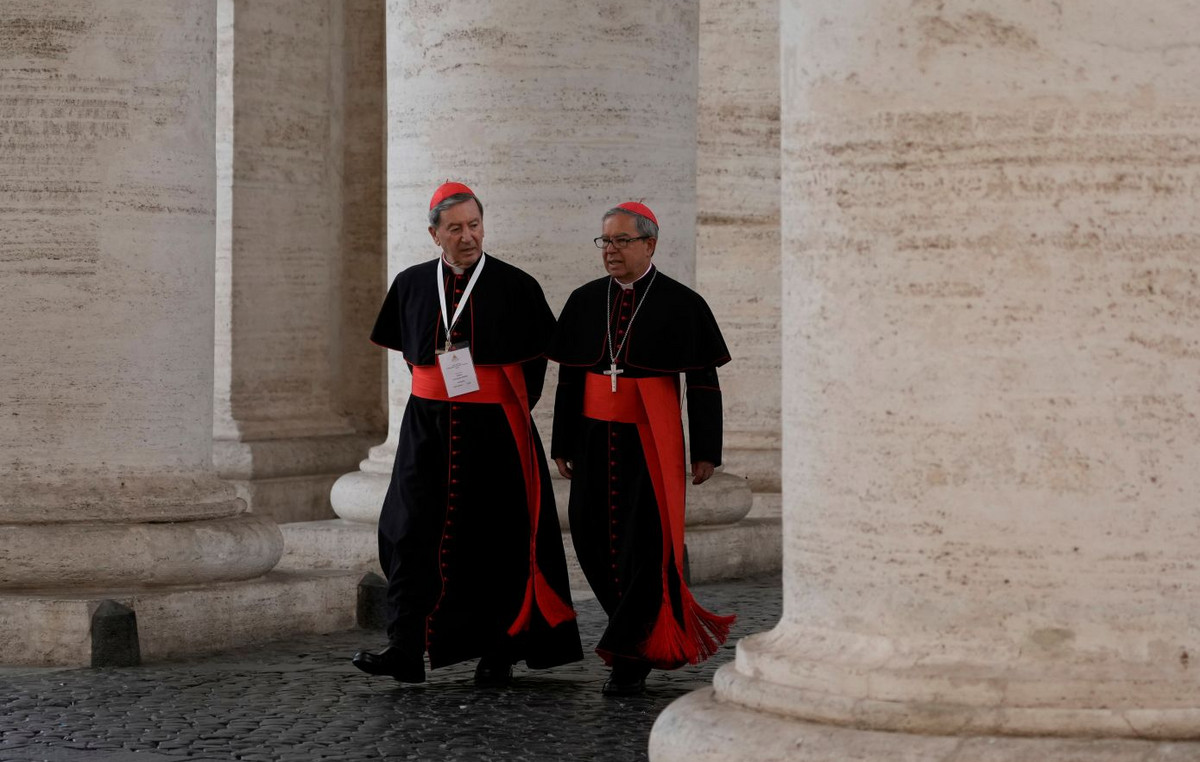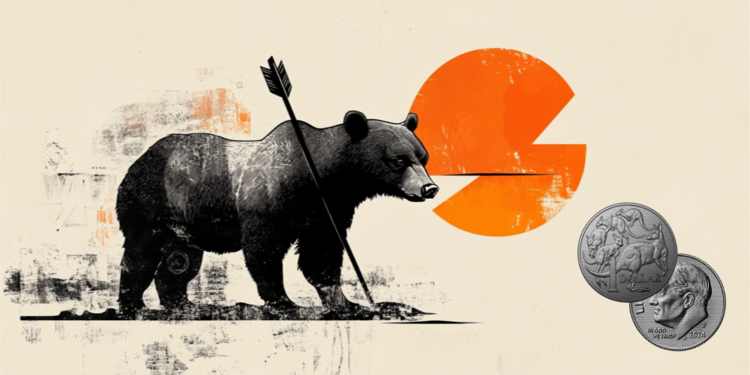In the contemporary corporate world, the relationship between creativity and innovation is often misunderstood. Believe me, a lot of people say they know, but then in everyday life they show that they didn’t know anything! It’s a bug, take it from me. Many people believe that these concepts are synonymous, but in fact, they represent different stages of a process that can lead to organizational success. This article explores the intersection between creativity and innovation, presenting data, studies and examples that highlight their importance and how they can be cultivated in organizations. And wonder or not, what is the difference between creativity and innovation is one of the most asked questions on the internet about the topic.
What is creativity and what is innovation?
Creativity is the mental process that generates new and original ideas. It is a subjective phenomenon, difficult to measure, but essential for generating innovative concepts. Creativity is often seen as the “seed” of innovation; without it, there are no new ideas to implement.
On the other hand, innovation is the successful implementation of these creative ideas. It’s about transforming an idea into a product, service or process that generates tangible value. Innovation is measurable in terms of profit, efficiency and customer satisfaction.
In other words, there is only innovation if you can make it happen. If you only have good ideas but don’t implement them, you are far from being innovative.
The connection between creativity and innovation
What they didn’t tell you about the relationship between creativity and innovation is that the first is fundamental to the second. A Harvard Business Review study revealed that companies that cultivate a creative environment are 3.5 times more likely to be leaders in innovation (HBR, 2023). This demonstrates that creativity not only fuels innovation but is also a significant predictor of organizational success.
The role of organizational culture
Organizational culture plays a crucial role in promoting creativity and innovation. According to a study by Deloitte, companies with strong innovation cultures are 2 times more likely to have superior financial performance (DELOITTE, 2023). Fostering an environment where employees feel safe to share ideas and experiment without fear of failure is vital.
Introducing innovation into culture is clearly an indicator of financial gain. There are a lot of CFOs who think it’s nonsense. Father forgive you, they do not know what they are doing.
Pay attention to how the data doesn’t lie:
– A survey conducted by Adobe revealed that 80% of workers believe that creativity is essential for success in the workplace, but only 30% feel free to be creative in their roles (ADOBE, 2023).
– According to the McKinsey report, companies that promote diversity in their teams are 1.7 times more likely to be leaders in innovation, as different perspectives stimulate creativity (MCKINSEY, 2022).
And to develop creativity in organizations, how do you do it?
The good news is that creativity can be developed. It is not an innate ability; can be stimulated at any stage of life. Some strategies include:
- Collaborative environments: Creating spaces where teams can collaborate freely increases the exchange of ideas and stimulates creativity.
- Trainings and workshops: Investing in training programs focused on creative techniques can help employees develop their skills. Train, train, train. And don’t stop training.
- Freedom to experiment: Allowing time and resources for side projects encourages employees to explore new ideas without the pressures of day-to-day life. There is no point in saying that there is innovation in the company and then being a corporate “lock in the wheel”.
- Continuous feedback: Establishing a system where ideas can be discussed openly helps validate and improve creative proposals.
You need to be and feel free to innovate. Always remember: reprimands do not innovate.
The intersection between creativity and innovation is fundamental to the success of modern organizations. While creativity provides the innovative ideas needed to thrive in today’s competitive marketplace, innovation transforms these ideas into tangible realities that generate value.
THE innovation It is therefore the process of giving life to creativity, of expanding ideas into the concrete world.
Therefore, cultivating an environment where creativity can flourish is not only desirable; It is essential to ensuring that organizations remain relevant and competitive in the future.
References
– ADOBE. “Creativity’s Role in the Workplace.” 2023.
– DELOITTE. “The Innovation Imperative”. 2023.
– HBR. “The Link Between Creativity and Innovation”. Harvard Business Review, 2023.
– MCKINSEY & COMPANY. “Diversity Wins: How Inclusion Matters.” McKinsey Global Institute Report, 2022.
* Innovation specialist and creator of the Elefante Limonada channel
This content was originally published in What they didn’t tell you about the difference between creativity and innovation on the CNN Brasil website.
Source: CNN Brasil
Charles Grill is a tech-savvy writer with over 3 years of experience in the field. He writes on a variety of technology-related topics and has a strong focus on the latest advancements in the industry. He is connected with several online news websites and is currently contributing to a technology-focused platform.







